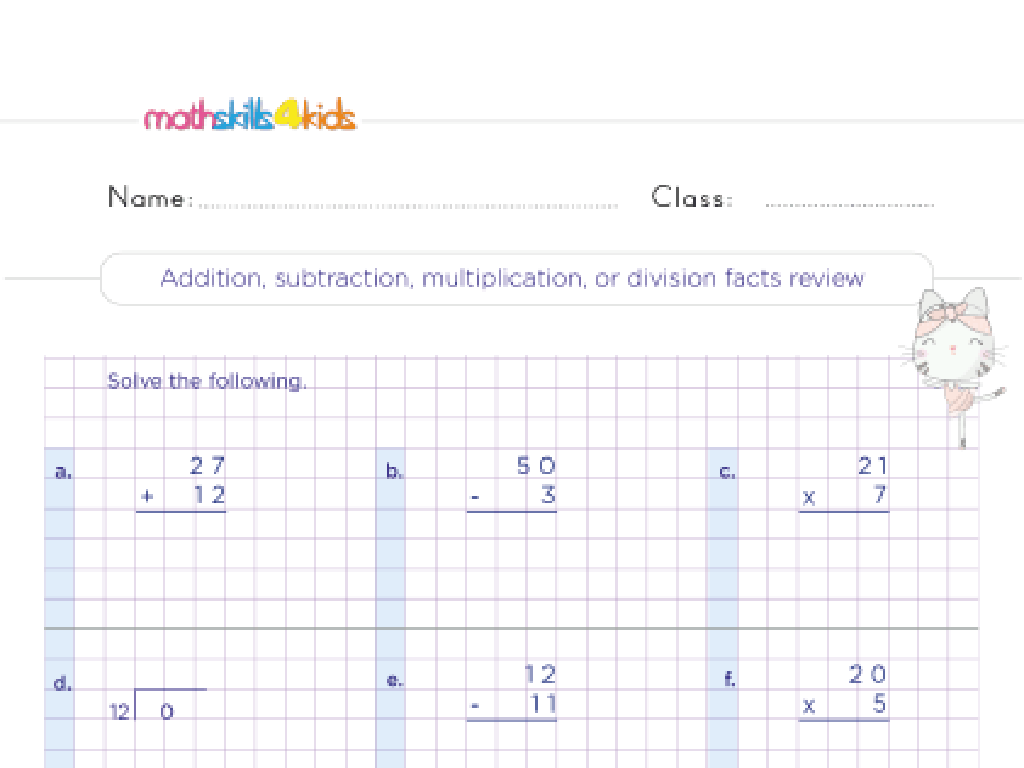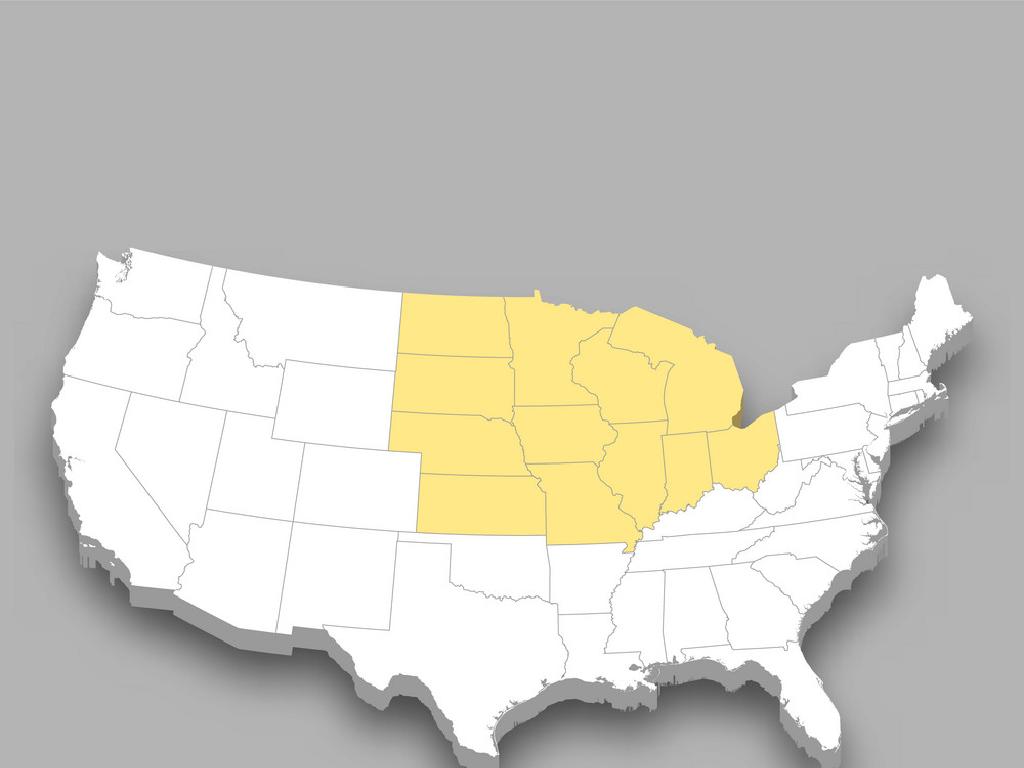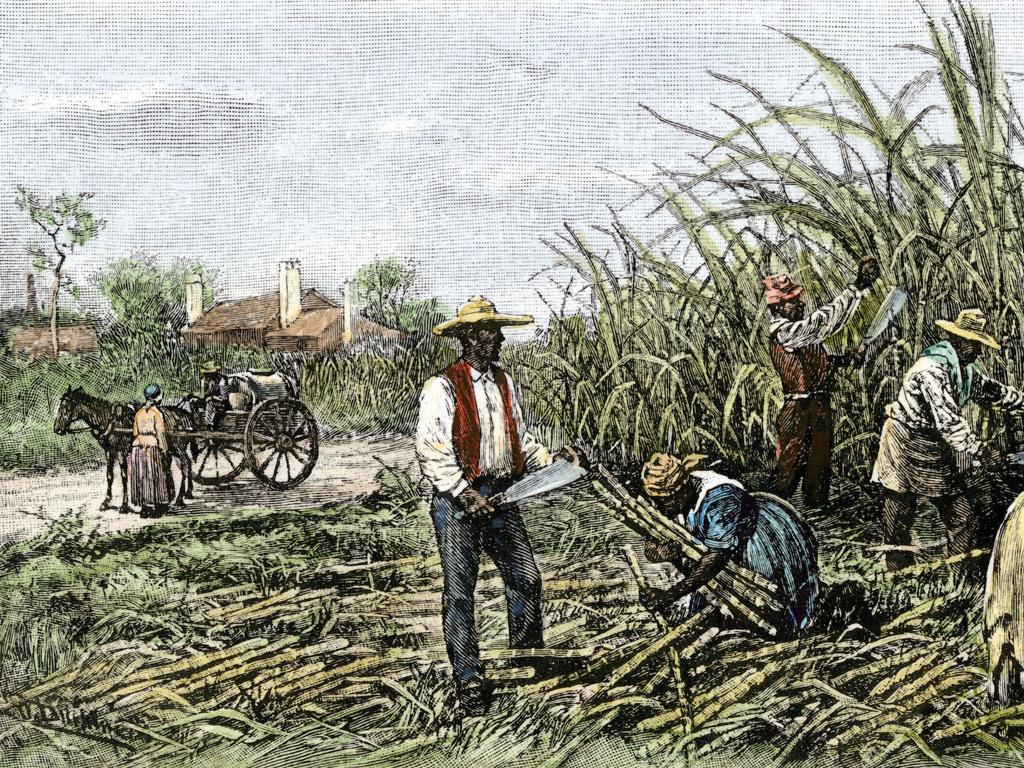Identify Adverbs
Subject: Language arts
Grade: Third grade
Topic: Adjectives And Adverbs
Please LOG IN to download the presentation. Access is available to registered users only.
View More Content
Exploring Adverbs in Language Arts
– Warm welcome to our class!
– Recap: What are adjectives?
– Describing words, like ‘big’ or ‘colorful’
– Today’s star: Adverbs!
– Words that describe verbs, like ‘quickly’ or ‘softly’
– How adverbs spice up our sentences
– They tell us how, when, or where something happens
|
Begin the class with a friendly greeting to create a welcoming atmosphere. Quickly recap the concept of adjectives as words that describe nouns, which the students have already learned. This will help them differentiate between adjectives and adverbs. Then, introduce adverbs as the main topic of the day, explaining that adverbs are words that modify verbs, adjectives, or other adverbs. They can describe how, when, or where an action takes place. Use examples like ‘He ran quickly’ to show how adverbs work. Encourage students to think of actions and how they can describe them with adverbs. This will set the foundation for more in-depth exploration of adverbs in the lesson.
Exploring Adverbs
– Adverbs describe actions
– Like ‘run quickly’ or ‘speak softly’
– They answer how, when, where, why
– ‘How did he run?’ ‘When did she leave?’
– Examples: quickly, softly, yesterday
– ‘Run quickly’, ‘sing softly’, ‘came yesterday’
– Adverbs can modify adjectives too
– ‘Very happy’ or ‘extremely smart’
|
This slide introduces the concept of adverbs to third-grade students. Adverbs are words that describe or modify verbs, adjectives, and other adverbs. They can tell us more about how an action is performed, when it happens, where it takes place, why it occurs, or to what extent. Examples help illustrate the concept, such as ‘quickly’ to describe the speed of an action or ‘yesterday’ to indicate when something happened. It’s also important to note that adverbs can modify adjectives, as in ‘very happy’ or ‘extremely smart’. Encourage students to think of their own examples and to look for adverbs in sentences during reading exercises.
How to Spot an Adverb
– Many adverbs end with ‘-ly’
– Words like ‘quickly’, ‘happily’, and ‘sadly’ describe how actions are done
– Not all ‘-ly’ words are adverbs
– Words like ‘friendly’, ‘lovely’, and ‘silly’ are not adverbs, they’re adjectives
– Finding adverbs in sentences
– Let’s read a story and pick out the adverbs together
– Practice makes perfect
|
This slide introduces students to adverbs and how to identify them within sentences. Emphasize that while many adverbs end in ‘-ly’, this is not a foolproof method for identifying them, as some ‘-ly’ words can be adjectives. Provide clear examples of both adverbs and adjectives ending in ‘-ly’ to illustrate the difference. Engage the class in an interactive activity where they read a passage and highlight the adverbs. This will help them understand the concept in a practical context. Encourage students to practice this skill to become more familiar with adverbs and their usage in language.
Adverbs in Action
– Adverbs modify sentences
– Example: ‘He spoke softly’
– ‘Softly’ tells us how he spoke
– Creating sentences with adverbs
– Add adverbs to ‘He spoke’ to see the change
– Comparing sentences without adverbs
– Notice how the sentence feels different
|
This slide introduces the concept of adverbs and their role in changing the meaning of a sentence. Start by explaining that adverbs are words that describe or modify verbs, adjectives, or other adverbs. They often tell how, when, where, or to what extent something happens. Use the example ‘He spoke softly’ to illustrate how the adverb ‘softly’ changes the way we understand the action of speaking. Encourage students to create their own sentences, first without adverbs, and then add an adverb to see how the meaning or tone of the sentence changes. This activity will help them see the impact of adverbs on sentence structure and meaning. It’s a practical exercise that will enhance their understanding of adverbs in a fun and interactive way.
Adverbs vs. Adjectives
– Adjectives describe nouns
– Adverbs describe verbs and adjectives
– Comparing adjectives and adverbs
– ‘Quick’ describes the noun ‘runner’
– Examples to show differences
– ‘Quickly’ describes how she ‘runs’
|
This slide introduces the difference between adjectives and adverbs, which is a fundamental concept in grammar for third graders. Adjectives are words that describe nouns, which are people, places, things, or ideas. Adverbs, on the other hand, modify verbs, adjectives, or other adverbs, often telling how, when, where, why, or to what extent something happens. To help students grasp the concept, provide clear examples that compare the two. For instance, use a sentence like ‘The quick runner won the race’ to highlight ‘quick’ as an adjective describing the noun ‘runner.’ Then, show ‘The runner won the race quickly’ to illustrate ‘quickly’ as an adverb describing the verb ‘runs.’ Encourage students to come up with their own sentences and identify the adjectives and adverbs within them.
Activity Time: Adverb Hunt!
– Circle adverbs in the worksheet
– Create sentences with adverbs
– Use adverbs to tell how, when, or where something happens
– Share your sentences in class
– Understand how adverbs enhance sentences
– Adverbs often end in -ly, like ‘quickly’ or ‘happily’
|
This activity is designed to help students identify and use adverbs in a fun and interactive way. Provide a worksheet with sentences and have students circle the adverbs they find. Then, encourage them to create their own sentences using adverbs, focusing on how adverbs can modify verbs, adjectives, or other adverbs. Finally, have students share their sentences with the class to practice public speaking and to learn from each other’s examples. As a teacher, be prepared to offer guidance and examples, and to correct any misconceptions. Possible activities could include adverb charades, adverb drawing challenge, or an adverb storytelling session where students use adverbs to tell a story.
Wrapping Up: Adverbs
– Recap on adverbs
– Adverbs describe verbs, adjectives, and other adverbs
– Importance of adverbs
– They tell us how, when, where, and to what extent
– Get set for Adverb Games
– Review and prepare
– Review today’s lesson, bring questions
|
As we conclude today’s lesson, remind the students that adverbs are words that modify verbs, adjectives, and other adverbs, providing more detail. They can describe how something is done (quickly), when (yesterday), where (here), and to what extent (very). Understanding adverbs enhances writing and speaking skills by allowing more precise descriptions. For the next class, prepare for a fun and interactive session with Adverb Games that will reinforce the concepts learned. Encourage students to review the lesson and come with any questions they might have for a quick Q&A before we dive into the games.






